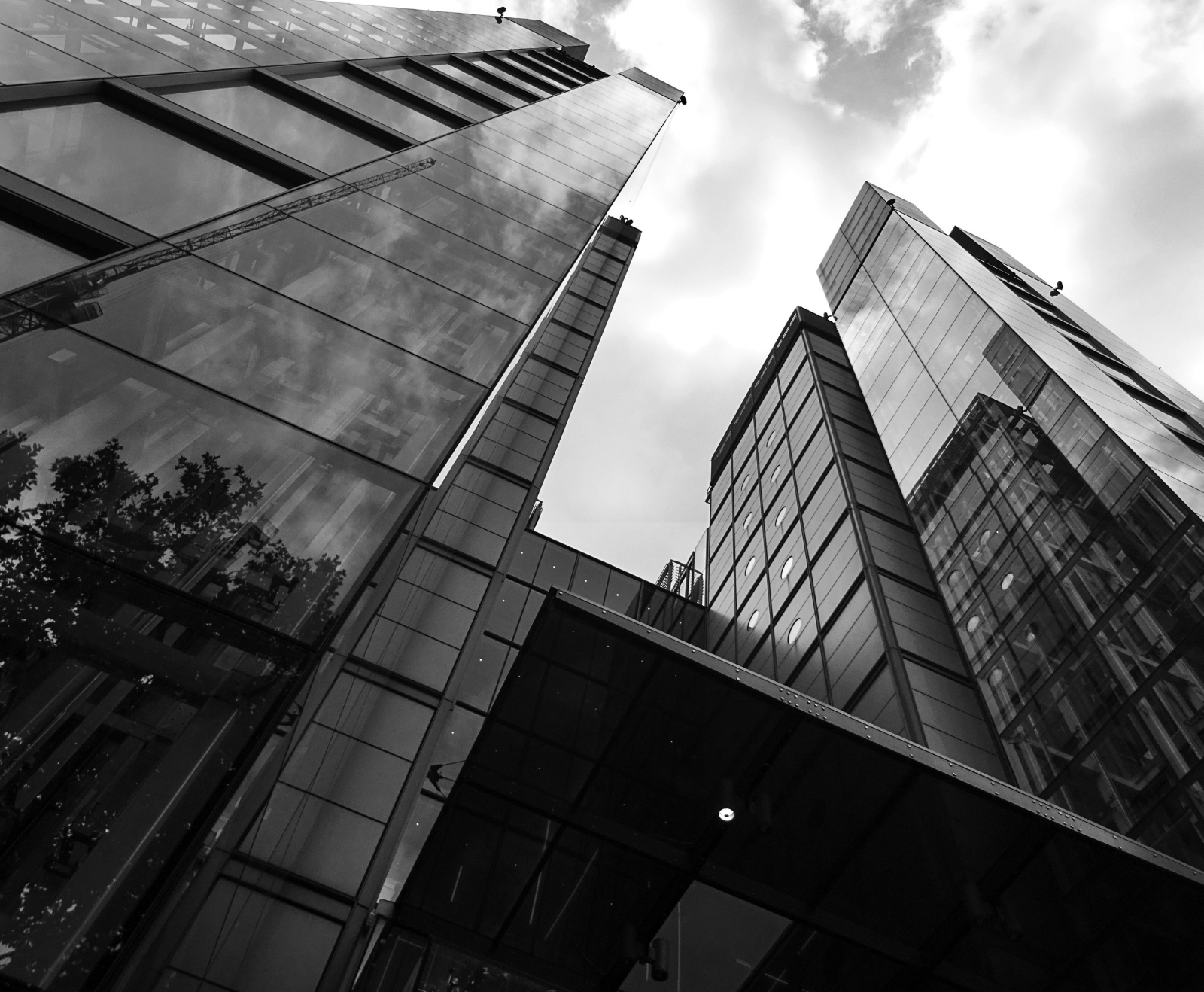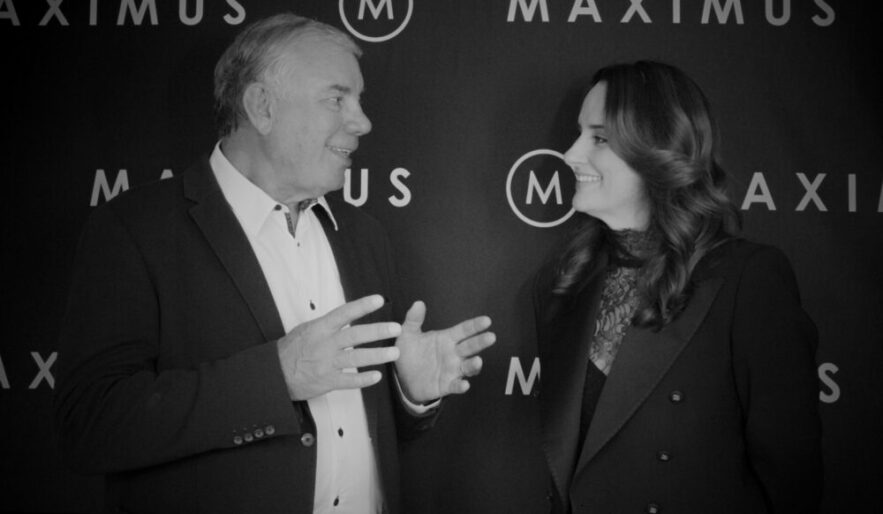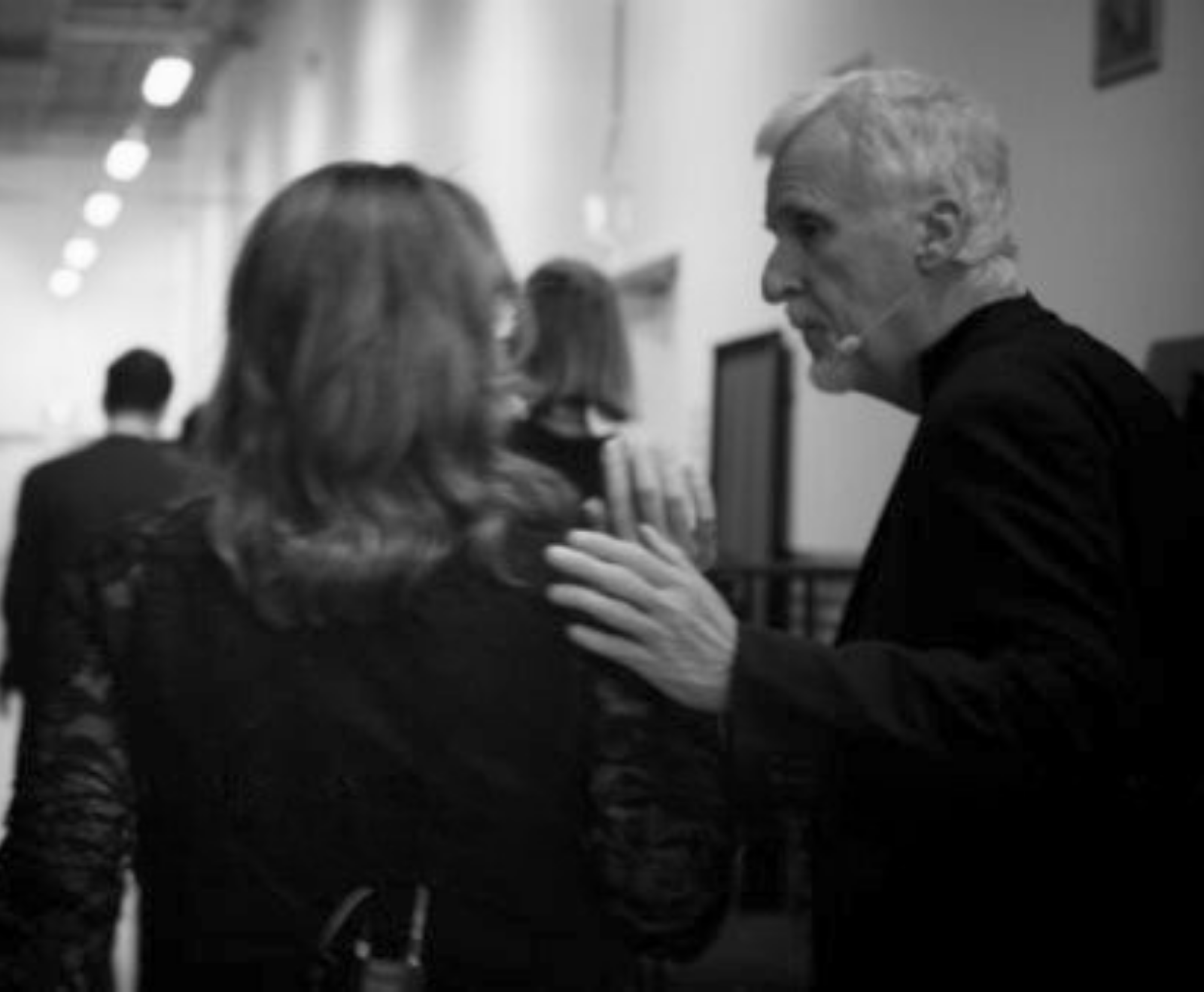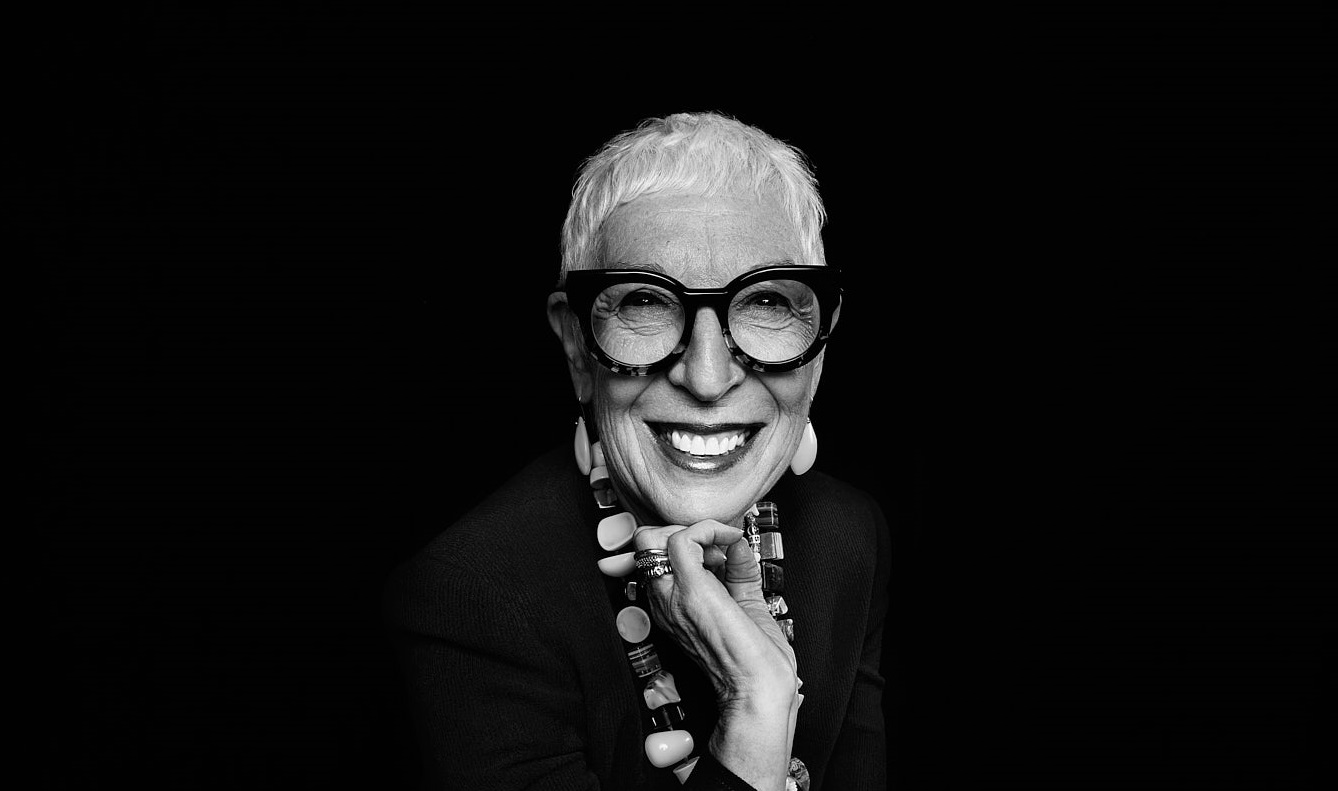Maximus recently worked with Chip Heath on a program to discover and embed memorable moments in the culture of a leading automobile manufacturer in Australia. Maximus took the opportunity to discuss with Heath how leaders with an appreciation of moments that matter can positively transform the impression made by their brands, products and services.
MAXIMUS: CAN YOU EXPLAIN MOMENTS OF POWER IN A NUTSHELL?
CHIP HEATH: What researchers have found is that people don’t remember most things that happen in their lives. The idea of moments of power is that there are certain moments that do matter to us. When we go on vacation, we don’t remember everything, we remember two or three great events. In our university careers, we don’t remember everything, again we remember peak events.
So, the question is, how do we think about creating moments that are both meaningful and memorable. Why don’t we design for those in the first place? Why don’t we design the vacation so it has those moments? Design a college career so that it has those moments?
M: AS AN ORGANISATIONAL BEHAVIOURIST, WHAT LED YOU TO EXPLORE THE POWER OF INDIVIDUAL MOMENTS?
CH: We started by looking at experiences, patient experiences, hospital experiences, experiences for businesses and employee experiences. And we noticed some underlying consistencies. When we asked people about peak moments in their workplace, peak moments as a customer, the same principles keep coming up again and again. We distilled that into a four-part model that describes a lot of peak experiences and therefore suggests how to make experiences better.
M: CAN YOU TALK A LITTLE MORE ABOUT ANY OF THE FOUR ELEMENTS THAT LIE WITHIN YOUR MODEL?
CH: A lot of profound moments in life are about connection, connection with our family with our friends. When you think about a birthday party with a birthday cupcake — that compact distillation of fat sugar and flame — it’s an elevated sensory moment. And the question is, can you create this sensory moment for other people, say, in the customer situation?
Imagine walking onto a car lot and instead of the salesperson just handing you the keys to your new car, there’s actually some celebration: there’s confetti, there’s music. That would make it more of a sensory experience. It would start having the characteristics that we associate with definitive moments. They are fun to talk about.
There’s a hotel in LA called the Magic Castle Hotel. The aspect of it most commented about on Trip Advisor is the red phone by the pool. A sign on the phone says, “Popsicle hotline”. So, you walk over to the phone, you pick it up and a few minutes later somebody shows up wearing white gloves, carrying a silver tray, passing around popsicles. There’s no better combination than a cold popsicle on a warm LA afternoon. The hotel has created a peak moment from thin air. It’s an intense sensory experience and that 15-cent popsicle gets Magic Castle an extra half a point on Trip Advisor ratings because they thought about creating a moment that would be special to people.
“There are lots of opportunities we can create with our customers and employees that we just overlook because we’re not thinking in terms of moments.”
– Chip Heath.
M: CAN YOU PROVIDE A CONCISE EXAMPLE OF THE “PEAK-END” RULE IN THE CONTEXT OF THE MOMENTS MODEL?
CH: Another of the four principles of Moments is elevation. Elevation is a matter of peaks and ends. Now, most hotels, for example, pay a lot attention to beginnings. They’ll greet you at the front desk, they have an elaborate routine for handing you the key, but they don’t treat endings very seriously. Yet researchers have found that the most highly rated hotels pay as much attention to the exit experience as to the entrance experience. One hotel has a limo and a driver who they keep on retainer, so instead of taking a taxi to the airport, you can get a limo ride. What a way to wrap a business trip — to ride to the airport in a limo!
Once you understand these principles, you can apply them in a lot of different contexts. We’ve done workshops with groups ranging from financial services to medical, to Google Maps and, using the same framework, helped them come up with better customer-experience ideas for their businesses.
M: WHAT KIND OF OPPURTUNITIES ARE THERE FOR TRANSFORMING PITS INTO PEAKS?
CH: We don’t store experiences as a film strip, we don’t remember every moment of every experience. Psychologically, it turns out we most often remember pits and peaks — the extreme emotions. So, why don’t we manage those moments? There’s a story in the book about designing an MRI machine for hospitals. Now, 70% to 80% of kids who went through this MRI machine had to be sedated because it was such an adverse process. We redesigned the experience so that the MRI machine became part of an ongoing story: it became a jungle machine; you step across rocks and a waterway to get to the machine; and when you climb onto the machine it’s like getting into a canoe to float down the Amazon river. Kids are now happy to lie still in the canoe and watch projections of fish leaping over the them. The redesign transformed a pit of an experience into a peak experience.
M: YOU TALK ABOUT PEOPLE AND ORGANISATIONS BEING OPEN TO MOMENTS THAT ARE ALREADY OCCURING. HOW DO YOU THINK ORGANISATIONS MISS THESE MOMENTS?
CH: I think we miss opportunities for creating experiences in moments all the time. The first day you spend on a job, shouldn’t that be a memorable day? You’re only going to have a handful of jobs in your life, so those first days shouldn’t be lacklustre, yet that’s what we typically create for our employees. And when people are promoted, they don’t go through a special ceremony that talks about how they changed from an individual contributor to a manager influencing other people. We have all kinds of coming-of-age ceremonies in our social lives, but no coming-of-age ceremony in our corporate lives for milestones like becoming a manager. There are lots of opportunities we can create with our customers and employees that we just overlook because we’re not thinking in terms of moments.
M: WHEN HAVE YOU SEEN THE POWER OF MOMENTS MODEL REALLY WORK? WHAT’S YOUR FAVOURITE EXAMPLE?
CH: It would have to be the technology geeks who run Google Maps. They came to me and said they have a product that works pretty well, and they’re pretty good as engineers at making it 3% more efficient or 4% more accurate. But, they said, “We don’t feel like we’re loved by consumers. And we’re worried about competition in the industry.” We ran the Moments workshop with them, and when we talked about how to elevate the experience of using the app, one group came up with the idea of an “Urgent Coffee” button.
To make Google Maps more sensory, they decided they could put a button at the bottom of the screen, so if you ever feel an urgent need for caffeine, you hit the button and Google Maps will immediately direct you to the nearest coffee place that meets your standards. It takes into consideration not just the geographic transit time to your cappuccino, but it also knows service times — because so many people wander through coffee shops with their Google Maps switched on. So pressing the button will find you the closest proximity and fastest service time. Now that’s a simple idea, but it’s not about making processes more efficient; it’s about anticipating the sensory needs of customers and how delivering those needs is going to make customers love Google Maps.
LEARN MORE ABOUT HOW MAXIMUS CAN HELP YOU CREATE A CUSTOMER TRANSFORMATION USING MOMENTS








